Entering 2023, at a critical moment when various home appliance brands are committed to taking the lead and occupying the beginning, many leading home appliance brands have launched new series of home appliances. For example, Casati has launched a heavyweight light year series of integrated home appliance products, further improving the viewing and practicality of home space. Hisense has also launched the Hisense Vacuum Radiant · Full Embedded Series Refrigerator, helping to promote the development of home integration. These actions and products have added another dimension to the field of home appliances, Once again, it has attracted the attention of the market.
Advanced concepts and good market response have prompted other home appliance brands to catch up and join the ranks of developing and launching integrated home appliances. The kitchen appliance market is no exception. Each kitchen appliance brand starts from high-end and integrated products, horizontally expanding the category breadth. Of course, the development of integrated kitchen appliances also enriches the selection of integrated products.
We can't help but ask, what kind of thinking is hidden behind this trend? Why are all major brands putting in effort on packaging? What inspiration does this have for the kitchen appliance market? Faced with the issue of "putting on sets", "Integrated Kitchen Theory" has also made some personal reflections.
How should kitchen appliance companies respond to the trend of "packaging"?
(Image source: Paixin Creative, hacked and deleted)
Leading brands are making efforts, and "putting on a set" is becoming a new trend
Household appliances are not a new term, but their popularity has remained high in recent years.
In recent years, the iteration speed of products in the household appliances market has gradually slowed down. Whether white or black, or even kitchen appliances, Small appliance have focused on the issue of "disruptive innovation" and slowed down. Since "hard innovation" cannot come at once, "soft innovation" has become another option. It is in this situation that bundled home appliances emerged, injecting new vitality into the home appliance sales market.
Hong Shibin, an observer of the home appliance industry, stated that the emergence of nested home appliance products completely eliminates the drawbacks of isolated individual products, and allows users' comfort to be no longer limited to the superposition of individual products. Instead, through the integration of software and hardware, new value is generated, and consumers' comfort experience will be greatly improved.
The brand layout of home appliances covers almost all major home appliance enterprises. In addition to the Casati and Hisense mentioned at the beginning, Midea has officially released the "Midea INFINI · Infinite Series" around human sensory technology, human intelligence, and residential design; TCL launches the full range of AI appliances for Lingxi C12/P12 to seize the high ground; Gree creates a full range of smart home appliances, from "good air conditioners, Gree makes" to "good appliances, Gree makes" and so on. Home appliances are becoming increasingly "savvy" for users, providing them with a mobile life experience that spans space and seamlessly connects.
Some home appliance brands are no longer satisfied with a single scenario and are expanding their product categories to other areas of home space, and even creating new series brands to attack this market. A representative example is the world's first scene brand "Three Winged Bird" created by Haier Zhijia. It can provide ecological solutions for balconies, kitchens, bathrooms, whole house air, whole house water, and audio-visual scenes, transforming Haier Zhijia from a home appliance brand to a scene brand.
How should kitchen appliance companies respond to the trend of "packaging"?
Upon closer examination of the layout and strategies of these top enterprises and major brands, we have discovered some commonalities - no matter how nested, intelligence, high-end, technological sense, and the release of home space remain unchanged at the core. Focusing on these four points, we not only capture the thoughts of high-end customers, but also take into account the strength and wishes of mid-range customers, and set up a series of household appliances with a hundred flowers blooming and competing for excellence.
It is worth mentioning that kitchen appliances are a crucial part of the development of integrated household appliances. Due to the importance of kitchens in household spaces, kitchen appliances also have a significant weight in the home appliance market.
According to data from Ovi Cloud, the industry scale of the entire kitchen scene has reached 300 billion yuan, surpassing other scenes such as living rooms, bedrooms, and balconies. It is the most promising force in the big home appliance market, with broad market prospects and huge scale. This provides intangible support for the development of integrated kitchen appliances, creating a favorable environment.
Not only did many electrical companies emphasize the kitchen electrical part in the process of integration, but inspired by it, some leading enterprises in the kitchen electrical industry have also taken steps in integration. For example, Boss Electric has launched a new integrated kitchen electrical solution based on the 4-piece set of kitchen appliances such as "range hoods, stoves, integrated steaming and baking machines, and dishwashers"; Fangtai promotes the "Fangtai Yue Shadow Pro", which organically combines Eastern aesthetics and intelligent interconnection to form the pinnacle of works. These solutions organically combine various integrated kitchen appliances, freeing up kitchen and bathroom space while integrating functions infinitely.
Another point worth noting is that in 2022, both of these leading companies in the kitchen electronics industry are making efforts in the refrigerator category. The boss released the cold cooking refrigerator, and Foton launched the first flat embedded high-end refrigerator. It is not difficult to see that the integration of kitchen appliances is no longer limited to kitchen scenarios, but extends product categories from kitchen appliances to home appliances. The boundary between kitchen scenarios and other family life scenarios is becoming increasingly blurred and gradually integrated.
How should kitchen appliance companies respond to the trend of "packaging"?
Most industry insiders are optimistic about this. Hong Shibin believes that optimizing the product structure, improving the product Gross margin, building the second growth curve, and actively looking for new category increment opportunities are becoming the consensus of the head kitchen appliance enterprises in the future development path. Zhao Meimei, Assistant to the President and General Manager of the Research Department of Ovi Cloud Network, also stated, "With home as the core scenario, the market size of home appliances has reached 153.8 billion yuan, and it has the most promising prospects in four small scenarios: kitchen, living room, balcony, and bathroom
However, compared to the current performance of the kitchen appliance industry and the standardization promoted by many appliance companies, the former still has a long way to go before reaching a mature stage like the latter. Fortunately, with the latter leading the way, we can still learn something from these leading home appliance companies, which may have an inspiration for the kitchen appliance industry, especially the integrated kitchen appliance industry.
The core point is to provide a complete set of intelligent experiences
Firstly, there is no doubt that systematization, integration, and scenarioization are inevitable trends in the kitchen electronics industry.
As Wang Cao, Vice President of Huadi, mentioned in an interview, consumers' purchasing power and requirements for products are increasing year by year. The development of integration, including the development of smart kitchens and smart home appliances, is a historical necessity, and we need to comply with this trend.
From an industry perspective, the development of the kitchen appliance industry towards systematization and integration can effectively improve sales scale and profit space, and assist in the redevelopment of kitchen appliance brands; From a consumer perspective, technology has developed rapidly in recent years, especially with the launch of ChatGPT at the end of last year, which has elevated consumers' awareness of "intelligence" and raised their demands for kitchens. They are eagerly anticipating "smart kitchens".
In addition, from the perspective of market response and consumer response, it is an undeniable fact that 'nesting' is popular. The data from the 2022 Double Eleven show that series, intelligent, and high-end products are selling well, and the number of purchase orders in JD's home appliance specialty stores has doubled year-on-year. We also consulted the "2022 Series Home Appliance Research Report" released by Ovi Cloud website, and over 90% of survey participants expressed a "high interest" in purchasing series home appliances, with the intention of high-end consumers being particularly strong, and the kitchen being one of the strongest demand scenarios. The report also predicts that by 2023, the domestic home appliance arbitrage market will have a capacity of 176 billion yuan.
Faced with such a hot prospect, the kitchen appliance industry is also full of enthusiasm, with the launch of the Martian integrated stove+integrated dishwasher+water heater washing strategy, as well as the continuous efforts of brands such as Senge's proposal of "1 ideal kitchen, 2 Senge's are just right" and Jindi's "One kitchen, 2 Jindi's are clean" that have long adhered to high-end and systematic design; There are also integrated stove brands starting to layout cabinets, creating new paths for kitchen appliances, cabinets, wardrobe customization, whole house customization, and scene based life empowerment industries. The integration of kitchen scenes is further extended to other categories and even furniture, adding more possibilities to users' lives. Everyone has different postures, but they also come to the same destination through different paths, anchoring and integrating, rushing forward bravely, and striving to take the lead.
How should kitchen appliance companies respond to the trend of "packaging"?
However, TCL's previous statement sparked our thinking about the current development of integrated kitchen appliances industry - 'Making intelligent experience complete is the core essence'. This statement is very accurate.
At present, there are still some pain points in the development of integrated kitchen appliances in the kitchen appliance industry. We can occasionally hear consumers' reactions that the integrated kitchen appliances they buy back are not intelligent enough, and there is a gap from the expected level of connectivity. The networking value is not high, and the internal quality of integrated kitchen appliances is inconsistent. The fundamental reason is that the consumer experience cannot be "packaged", making "packaged" ultimately become superficial promotional slogans.
Compared with the leading "pacesetter" of European and American home appliances, or the home appliances of large home appliance enterprises, we can find that they not only appreciate the beauty of everything, but also concentrate on polishing the software, creating IoT between home appliances and realizing Big data and platformization. The kitchen appliance industry is catching up in these directions. Inspired by the cooperation between Midea, the boss and Huawei, Mrs. Fang also actively joined in, reached cooperation with Huawei, opened the "Happy Home" app, and realized the intelligent linkage of offline consumer dishes. Martian also launched the Hongmeng certified integrated stove, leading the industry to a new era of smart kitchen ecology.
How should kitchen appliance companies respond to the trend of "packaging"?
While providing a complete set of home appliances, the intelligent experience is also a complete set. This is the core essence of the success of integrating home appliances, "TCL emphasized.
A survey by GfK has shown that high-end users are more willing to pay higher product premiums for a better life, which is also an important "structural opportunity" in the kitchen appliance market. But high-end users often represent higher requirements. For the kitchen appliance industry, the path of integrated development is a long and arduous one. It is an important direction for enterprise industrial upgrading and a necessary path for brand development. To take a good path of integrated development, we should break away from the mindset of simple concept hype, simple terminal aggregation, and rough product patching. We should comprehensively consider the concept of integrated development and the thinking of home furnishings scenarios, and use core technologies to break through the information silos of integrated products.
Write at the end
The exploration of home appliance integration by large home appliance enterprises has reached maturity, which points out the direction for the development of integrated kitchen appliances industry. To win the hearts of consumers, advanced technology, excellent intelligence, and excellent design are indispensable. After all, the transaction of integrated kitchen appliances not only delivers products, but also a one-stop "product+service". Kitchen appliance enterprises have a long way to go. Willing to work hard and guided by previous experiences, the future will always be brilliant.



 English
English 中文简体
中文简体

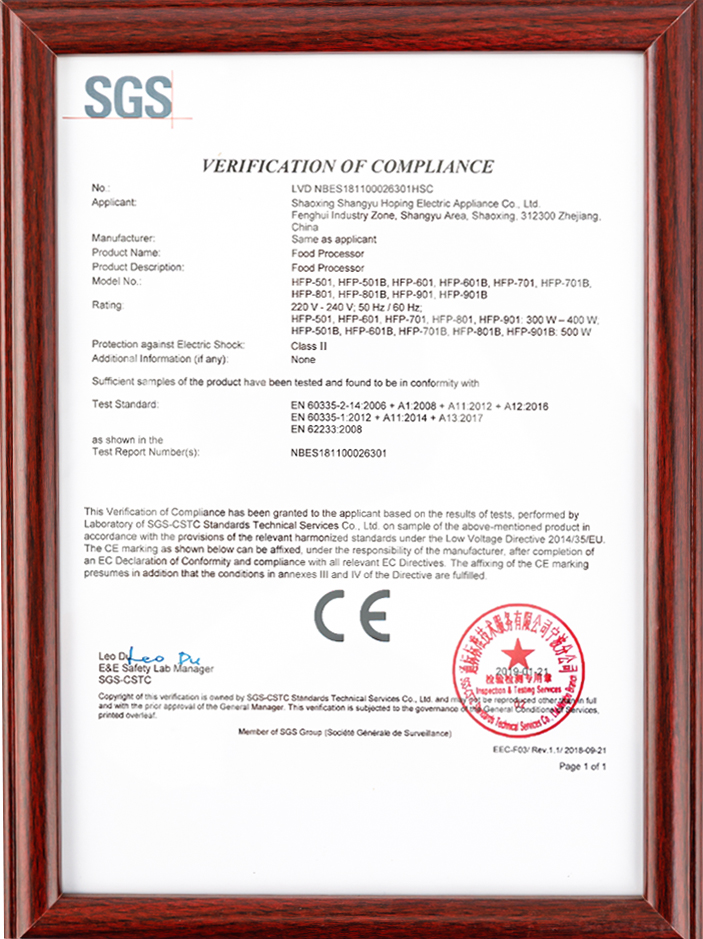
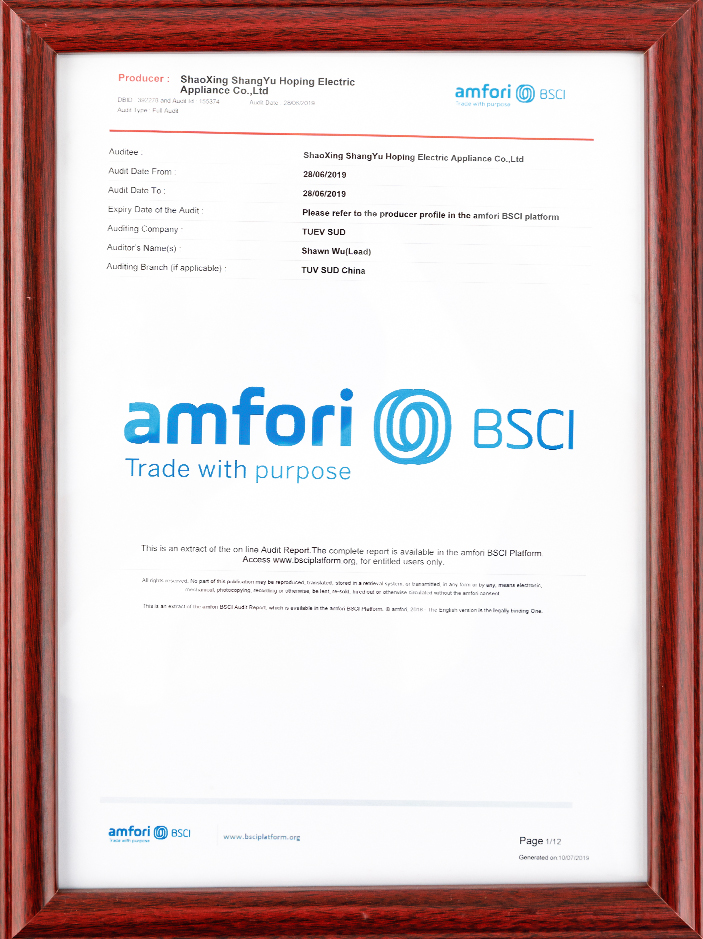
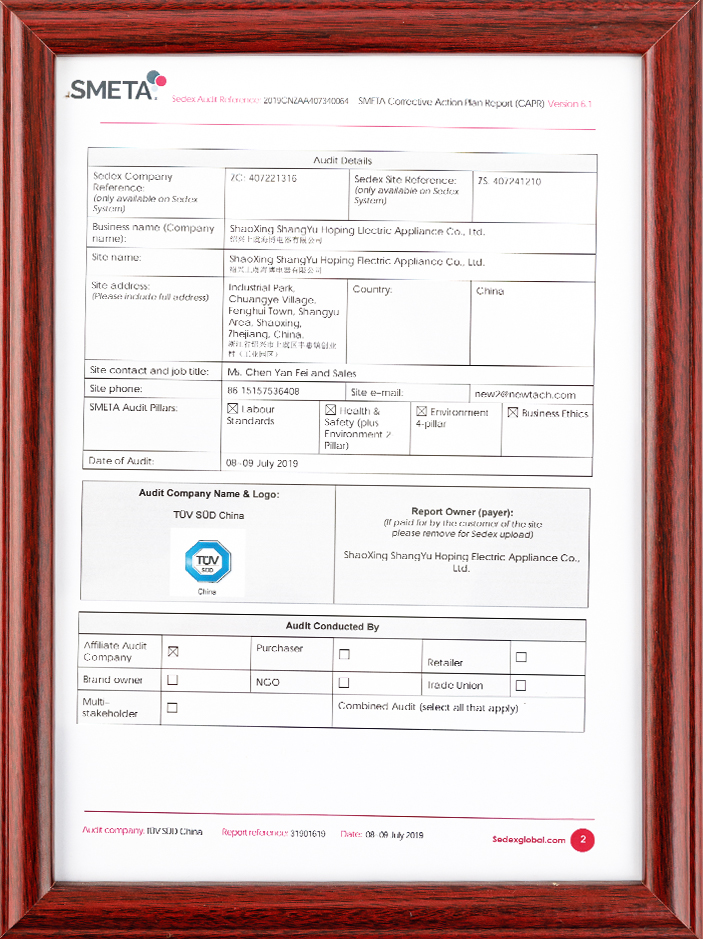
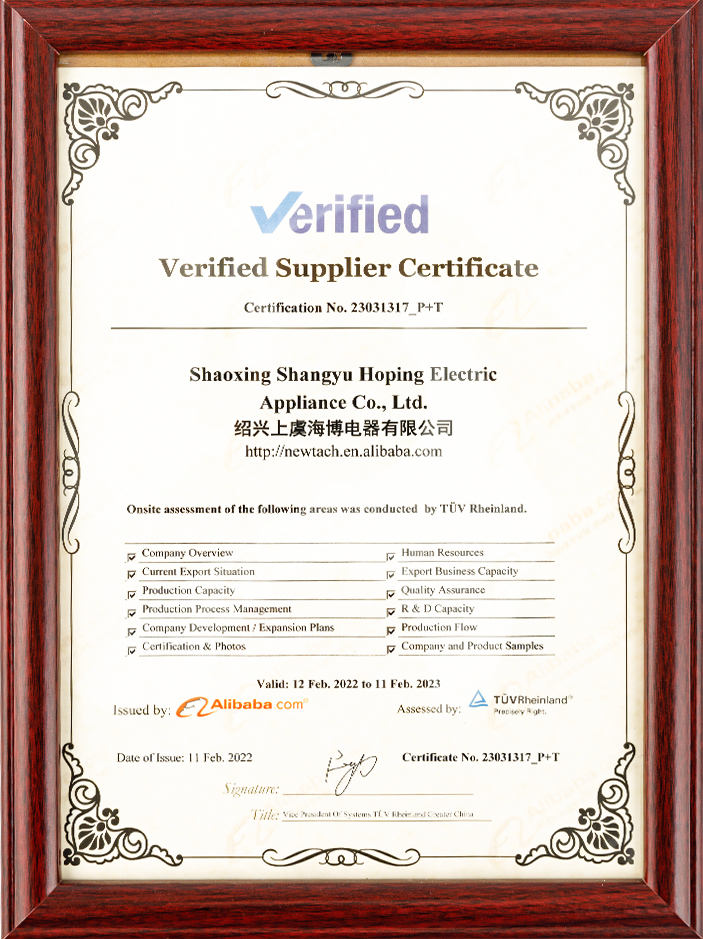
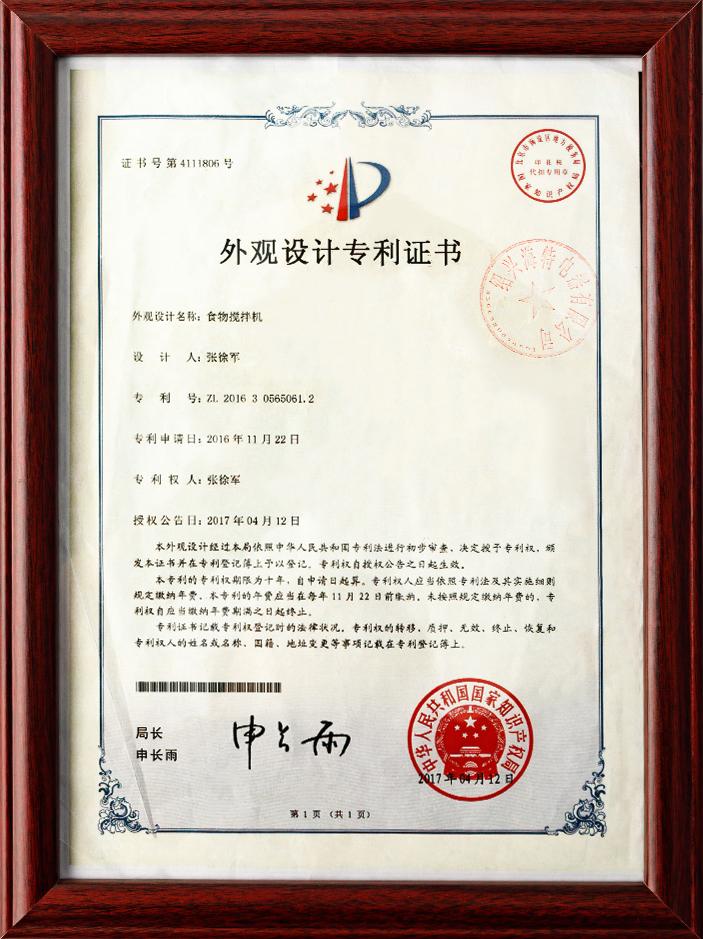
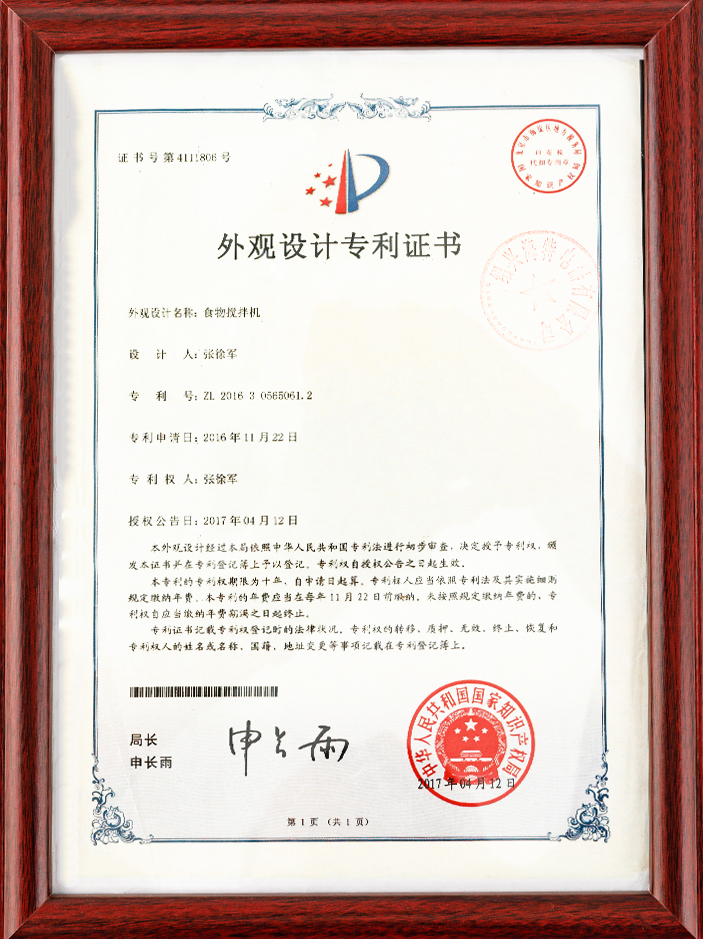
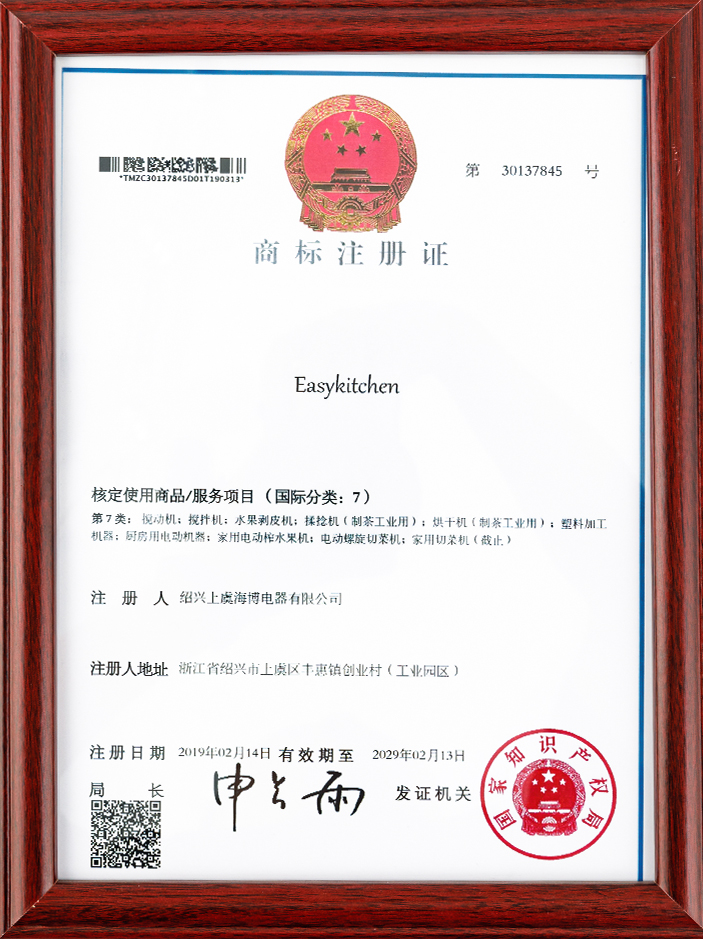
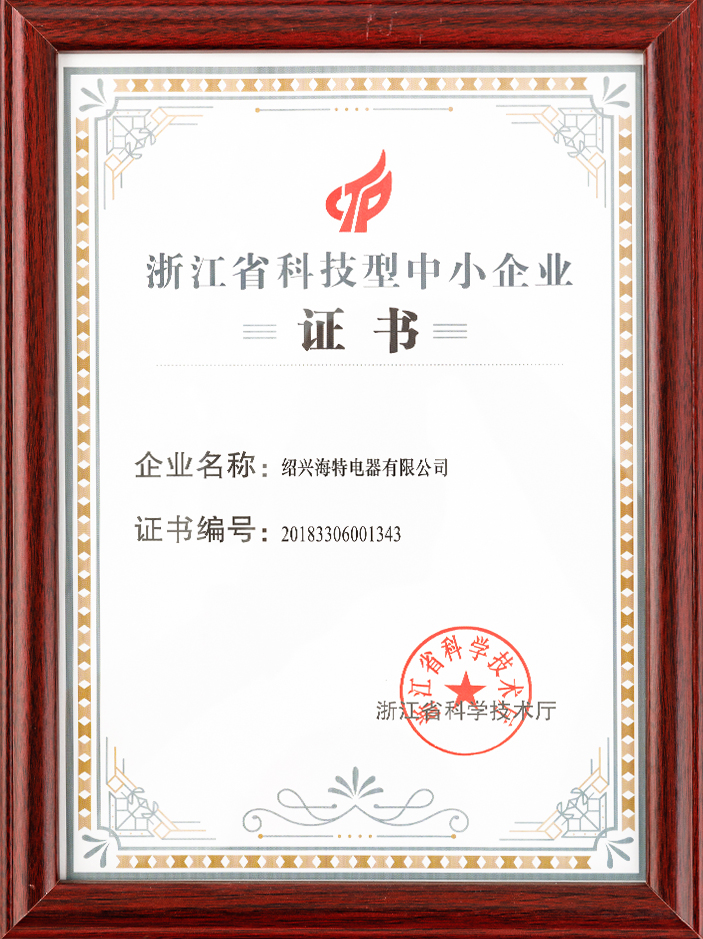
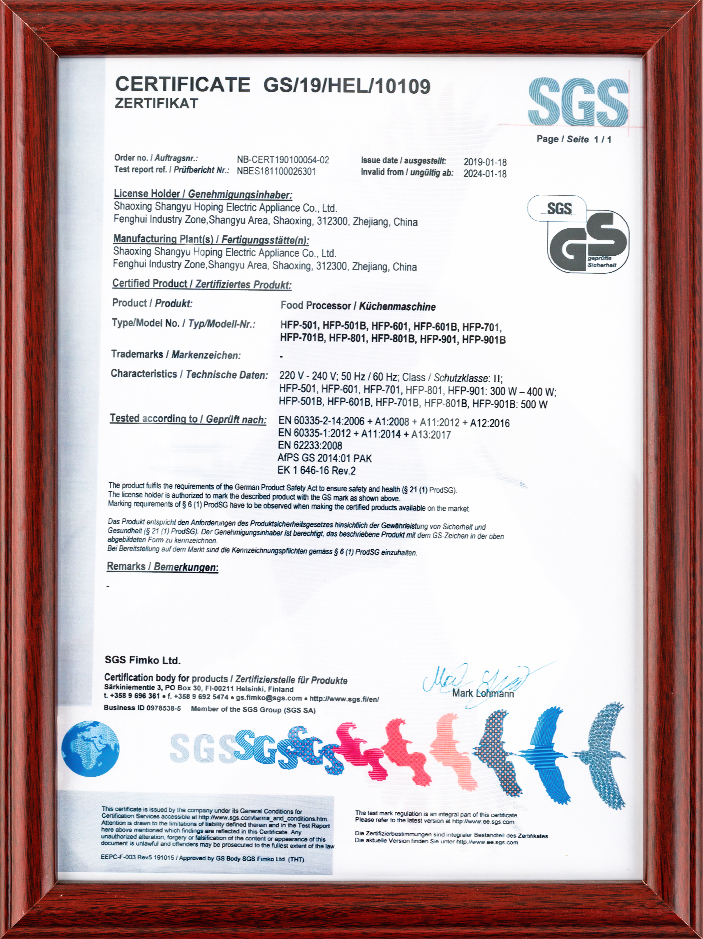





 浙公网安备 33060402001386号
浙公网安备 33060402001386号 